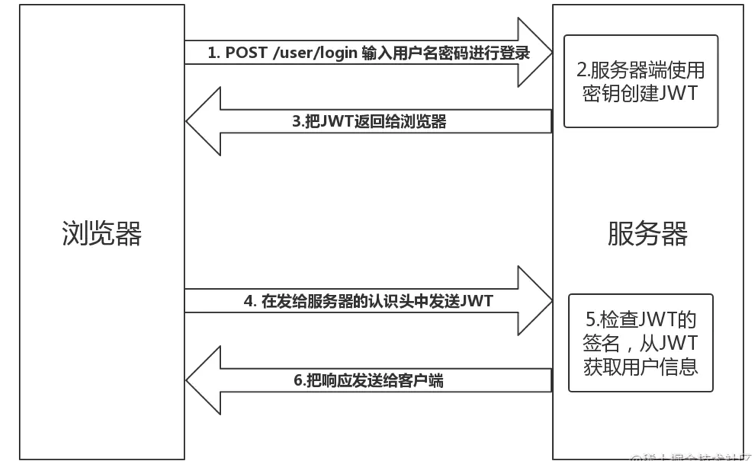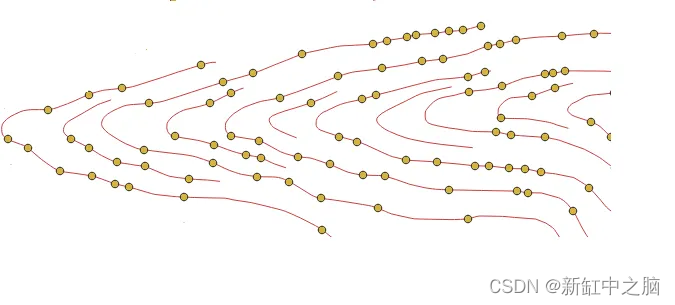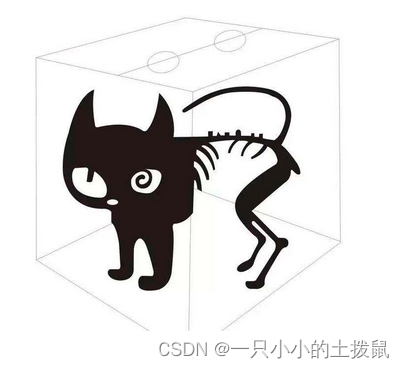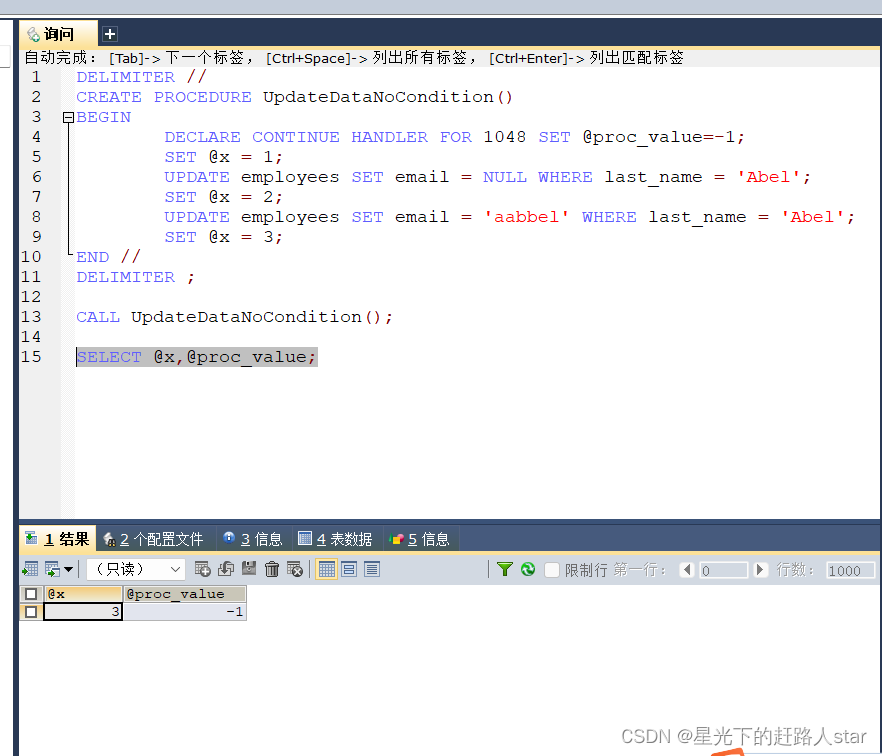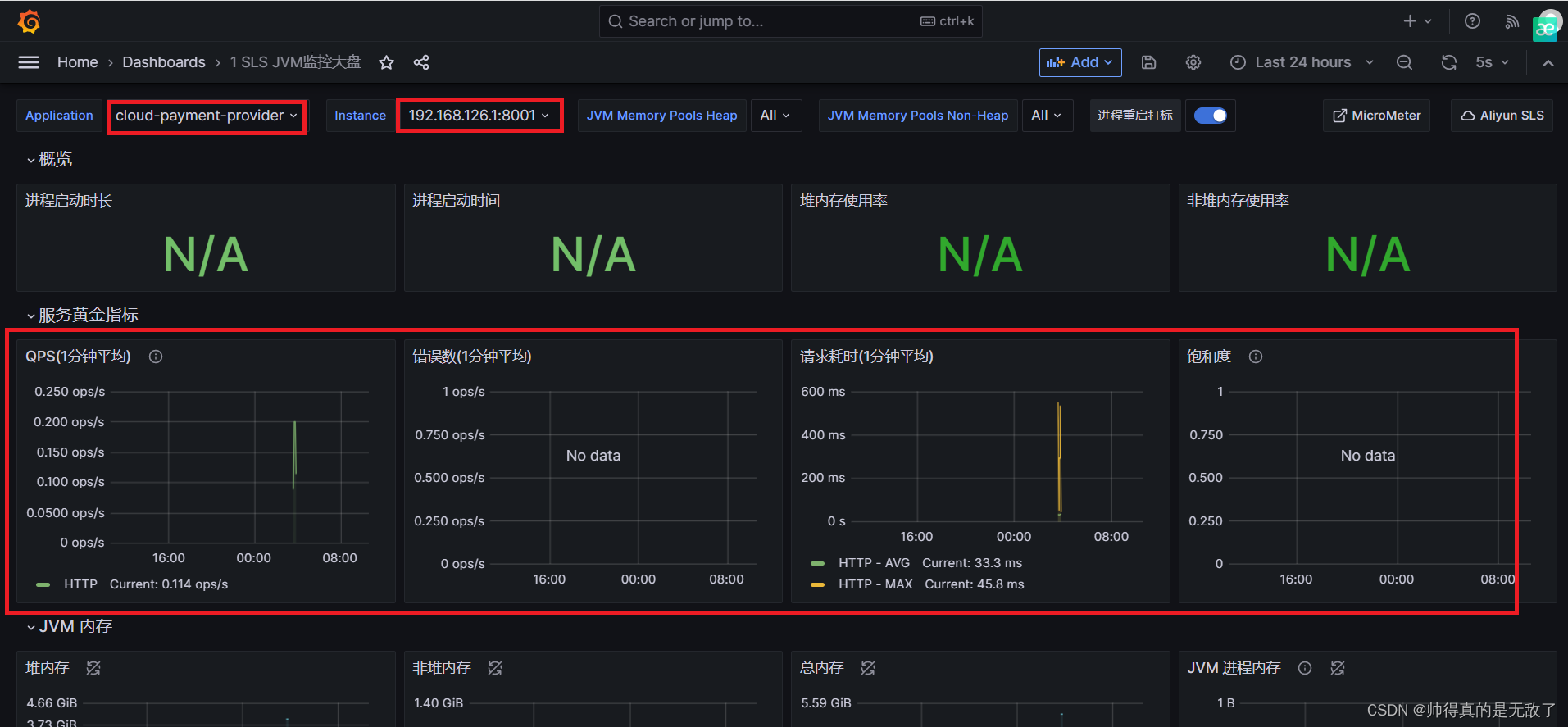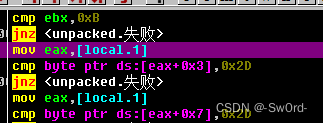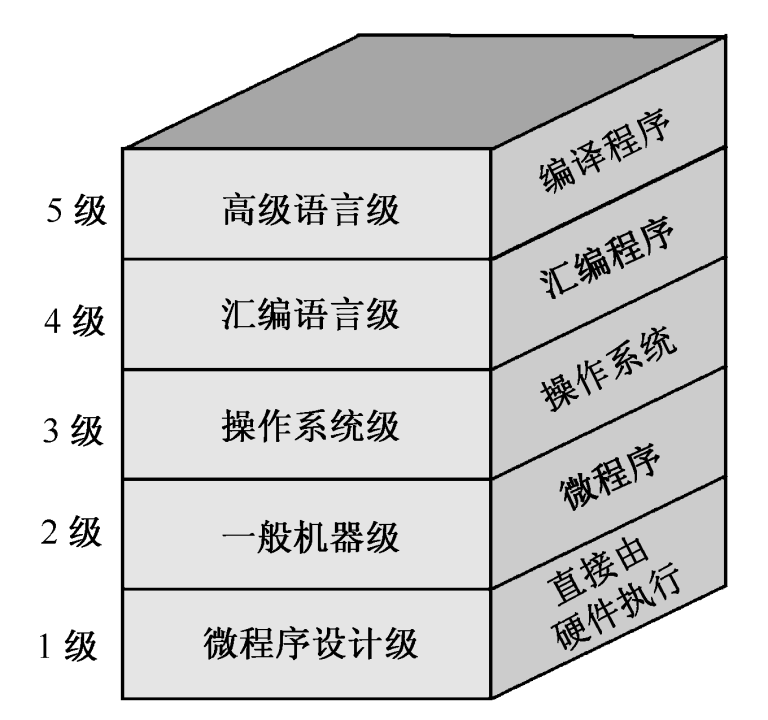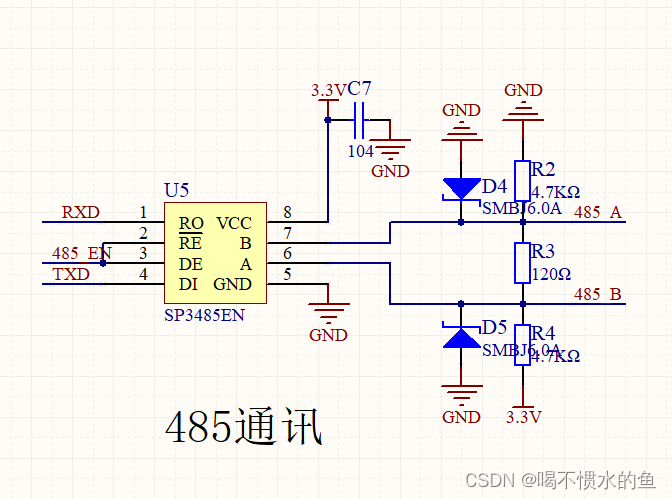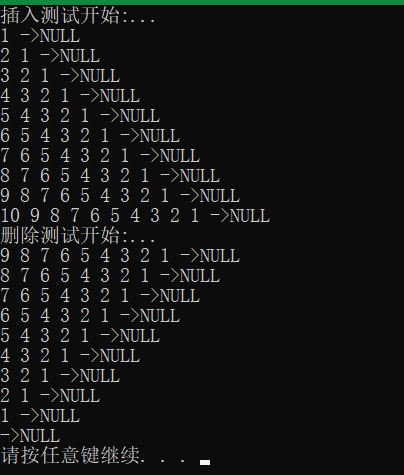1. 函数对象和绑定器
函数对象:
重载了operator()运算符的类的对象。
STL中的原本的绑定器:
STL中的绑定器可将二元函数对象绑定为一元函数对象。有如下示例帮助回顾:
#include <iostream>
#include <vector>
#include <functional>
#include <algorithm>
#include <ctime>
using namespace std;
template<typename Container>
void showContainer(Container& con) {
/*为什么要加typename,
因为Container是模板参数,编译器不知道Container::iterator是类型还是静态成员变量*/
typename Container::iterator it = con.begin();
for (; it != con.end(); ++it) {
cout << *it << " ";
}
cout << endl;
}
int main(int argc, char** argv) {
vector<int> vec;
srand(time(nullptr));
for (int i = 0; i < 20; i++) {
vec.push_back(rand() % 100 + 1);
}
cout << "原始容器:" << endl;
showContainer(vec);
sort(vec.begin(), vec.end()); // 默认从小到大排序
cout << "从小到大排序:" << endl;
showContainer(vec);
/*使用二元函数对象改变排序规则*/
sort(vec.begin(), vec.end(), greater<int>()); // 从大到小
cout << "从大到小排序:" << endl;
showContainer(vec);
/*将70插入到vec中,vec仍有序,即找第一个小于70的。
需要一个一元函数对象接收70,但greater和less都是二元函数对象,
绑定器 + 二元函数对象 = 一元函数对象
greater: a > b
less: a < b
bind1st + greater: bool operator()(70, const _Ty& _Right)
bind2nd + less: bool operator()(const _Ty& _Right, 70)
*/
// 使用绑定器和二元函数对象greater找到第一个 < 70的元素迭代器
auto it1 = find_if(vec.begin(), vec.end(), bind1st(greater<int>(), 70));
if (it1 != vec.end()) {
vec.insert(it1, 70);
}
cout << "70插入容器后:" << endl;
showContainer(vec);
system("pause");
return 0;
}运行结果:

2. function
function是C++ 11提供的函数对象,它可封装任何可调用的实体,如普通函数、成员函数、Lambda表达式、函数指针等,然后可通过它封装的对象进行函数调用。
2.1 function的使用
function使用方法:
// 需要使用函数类型实例化function,而非函数指针类型。如下:
function<函数返回值类型(形参列表)> 函数对象名 = 被封装的函数名;
// 或
function<函数返回值类型(形参列表)> 函数对象名(被封装的函数名);
示例:
void hello01() {
cout << "Hello World!" << endl;
}
void hello02(const string& str) {
cout << str << endl;
}
int sum(int a, int b) { // 函数指针:int (*func)(int,int);
return a + b;
}
class Tool {
public:
void hello(const string& str) { // 函数指针:void (Test::*pfunc)(string&);
cout << str << endl;
}
};
/*function简单使用示例:*/
void test03() {
/*需要使用函数类型实例化function,而非函数指针类型*/
// 1.封装普通函数
function<void()> func01 = hello01; // 使用func01函数对象表示hello01的函数类型
func01(); // 本质是调用func01函数对象中的operator()重载,其中包装了hello01函数
func01.operator()();
function<void(const string&)> func02 = hello02;
string s = "ABC";
func02(s);
function<int(int, int)> func03 = ∑
cout << func03(10, 20) << endl;
// 2.封装Lambda表达式
function<int(int, int)> func04 = [](int a, int b)->int {
return a * b;
};
cout << func04(6, 6) << endl;
// 3.封装成员函数
/*成员函数会带this指针参数,即调用它的对象的类型的指针*/
function<void(unique_ptr<Tool>, const string&)> func05 = &Tool::hello;
unique_ptr<Tool> p(new Tool());
func05(std::move(p), string("func05")); // 第二个参数是临时量,临时量可传给常量引用,但不可传给非常量引用
}2.2 function的原理
在此之前,需要知道什么是模板特例化。
原理如下两个程序:
2.2.1 实现简单的myfunction
template<typename T>
class myfunction {};
template<typename R, typename A>
class myfunction<R(A)> {
public:
using PFUNC = R(*)(A);
myfunction(PFUNC pf) :_pf(pf) {
}
R operator()(A arg) {
_pf(arg);
}
private:
PFUNC _pf;
};
void hello01(string s) {
cout << s << endl;
}
void test06() {
myfunction<void(string)> func01 = hello01;
string s = "AAA";
func01(s); // AAA
}但上述自己实现的function对象只能接收固定形参个数的函数。
2.2.2 使用可变参模板改进myfunction
template<typename T>
class myfunction {};
template<typename R, typename... A> // ...表示可变参
class myfunction<R(A...)> {
public:
using PFUNC = R(*)(A...);
myfunction(PFUNC pf) :_pf(pf) {
}
R operator()(A... arg) {
return _pf(arg...);
}
private:
PFUNC _pf;
};
int add(int a, int b, int c) {
return a + b + c;
}
void say() {
cout << "哈哈" << endl;
}
bool isIt(const char* s) {
return s;
}
void test07() {
myfunction<int(int, int, int)> addFunc(add);
cout << addFunc(1, 2, 3) << endl; // 6
myfunction<void()> sayFunc = say;
sayFunc(); // 哈哈
myfunction<bool(const char*)> boolFunc(isIt);
cout << boolFunc("000") << endl; // 1
cout << boolFunc(nullptr) << endl; // 0
}改进后的myfunction就十分嚣张,返回值类型,形参列表随便传。
3. 绑定器的原理和简单实现
绑定器:将多元函数对象的个别参数提前绑定,使得多元函数对象称为低元函数对象。本质也是函数对象。
3.1 STL中find_if和bind1st的简单实现
/*自己实现find_if泛型算法*/
template<typename Iterator, typename Compare>
Iterator my_find_if(Iterator first, Iterator last, Compare comp) {
for (; first != last; ++first) {
if (comp(*first)) { // comp.operator()(*first)
return first;
}
}
return last;
}
/*自己实现绑定器*/
template<typename Compare, typename T>
class _mybind1st {
public:
_mybind1st(Compare comp, T val) :_comp(comp), _val(val) {
}
bool operator()(const T& second) {
return _comp(_val, second);
}
private:
Compare _comp;
T _val;
};
template<typename Compare, typename T>
_mybind1st<Compare, T> mybind1st(Compare comp, const T& val) {
// 函数模板可进行类型推导
return _mybind1st<Compare, T>(comp, val);
}
void test02() {
vector<int> vec2;
vec2.push_back(5);
vec2.push_back(3);
vec2.push_back(9);
// 找第一个 < 6的元素
auto it = my_find_if(vec2.begin(), vec2.end(), mybind1st(greater<int>(), 6));
if (it != vec2.end()) {
cout << *it << endl;
} else {
cout << "没找到" << endl;
}
}3.2 C++ 11绑定器bind
bind是函数模板,可自动推导模板参数类型,其返回一个函数对象。
3.2.1 绑定器的简单使用
int divide(int a, int b) {
return a / b;
}
class M {
public:
int sum(int a, int b) {
return a + b;
}
};
void test08() {
/*给普通函数绑定参数*/
auto ret = bind(divide, 100, 50)();
cout << ret << endl;
/*给成员函数绑定参数*/
cout << bind(&M::sum, M(), 5, 10)() << endl; // 15
}注意:成员函数的调用依赖对象,因此绑定成员函数时第二个参数为临时对象,以传给sum函数,相当于M().sum(5, 10)。
3.2.2 绑定器的参数占位符
使用如下:
void speak(const char* s) {
cout << s << endl;
}
void test09() {
char input[64] = "";
cin >> input; // 输入内容
bind(speak, placeholders::_1)(input); // 打印内容
}注意:(1)绑定器若使用参数占位符,则必须给其返回的函数对象的operator()运算符传入参数,让其内部传给占位参数;
(2)最多可有20个参数占位符;
(3)参数占位符一般是让程序运行过程中动态传递参数。
3.3 bind与function
3.2中bind的使用存在一个问题,bind调用一次,其返回的函数对象只能执行一次,若想多次使用,则可将bind返回的函数对象传给function函数对象。
如下:
void speak(const char* s) {
cout << s << endl;
}
void test10() {
function<void(const char*)> speakFunc = bind(speak, placeholders::_1);
speakFunc("LLL"); // LLL
speakFunc("UUU"); // UUU
}4. Lambda表达式
也称为匿名函数,是一种特殊的函数对象。
4.1 Lambda表达式的语法
[捕获外部变量](形参列表)->返回值类型 {
// 函数主体
}
/*
1. 若返回值类型为void,则 ->void 可省略;
2. [捕获外部变量]:
[=]:值传递方式捕获外部所有变量;
[&]:引用传递方式捕获外部所有变量;
[this]:捕获外部this指针;
[=, &a]:值传递方式捕获外部变量,但a以引用传递方式捕获;
[a, b]:值传递方式捕获a,b;
[a, &b]:值传递方式捕获a,引用传递方式捕获b
*/4.2 Lambda表达式简单使用
4.2.1 简单使用1
输出Hello
void test() {
auto func = []() {
cout << "Hello" << endl;
};
func(); // Hello
}作用和下面定义函数对象相同:
class TestLambda {
public:
void operator()() {
cout << "Hello" << endl;
}
};
void test() {
// 根据最短惊叹法则,写成TestLambda t1(); 则编译认为这是一个函数的声明
TestLambda t1{};
t1();
}4.2.2 简单使用2
加法运算
void test() {
auto func = [](int a, int b)->int {
return a + b;
};
cout << func(10, 20) << endl; // 30
}4.2.3 简单使用3
容器排序 & 插入元素
void printVector(vector<int>& v) {
for (int i = 0; i < v.size(); i++) {
cout << v[i] << " ";
}
cout << endl;
}
void test14() {
vector<int> v;
for (int i = 0; i < 10; i++) {
v.push_back(rand() % 100 + 1);
}
cout << "排序前:" << endl;
printVector(v);
/*从大到小排序*/
sort(v.begin(), v.end(), [](int a, int b)->bool {
return a > b;
});
cout << "排序后:" << endl;
printVector(v);
/*将66插入正确位置*/
auto it = find_if(v.begin(), v.end(), [](int a)->bool {
return a < 66;
});
v.insert(it, 66);
cout << "插入66后:" << endl;
printVector(v);
/*输出大于50的数*/
cout << "大于50的数:" << endl;
for_each(v.begin(), v.end(), [](int a) {
if (a > 50)
cout << a << " ";
});
}运行结果:
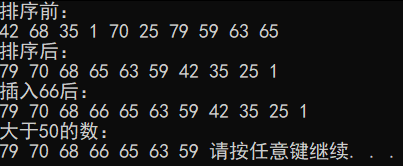
4.3 Lambda表达式捕获外部变量
4.3.1 值传递 和 引用传递简单使用
/*值传递捕获a、b*/
void test13() {
int a = 10, b = 20;
auto func = [=]() {
cout << a + b << endl;
};
func(); // 30
}
/*引用传递捕获a、b*/
void test13() {
int a = 10, b = 20;
auto func = [&]() {
cout << a + b << endl;
};
func(); // 30
}4.3.2 值传递 和 引用传递使用说明
(1)引用传递
引用传递可以直接修改外部变量的值。
void test13() {
int a = 10, b = 20;
auto func = [&]() {
a = 88;
b = 99;
};
func(); // 引用传递可以改变原变量的值
cout << "a = " << a << ", b = " << b << endl; // a和b都被修改
}(2)值传递
值传递是外部变量的一份拷贝,虽然是拷贝,但默认不允许修改拷贝过来的值。
如下代码无法通过编译:
void test13() {
int a = 10, b = 20;
auto func = [=]() {
a = 88; // 报错!不允许修改。
b = 99; // 报错!不允许修改。
};
}若想修改拷贝而来的值,则需使用mutable关键字,如下:
void test13() {
int a = 10, b = 20;
auto func = [=]() mutable {
a = 88;
b = 99;
};
func(); // 值传递不改变原变量的值
cout << "a = " << a << ", b = " << b << endl; // a和b都未被修改
}